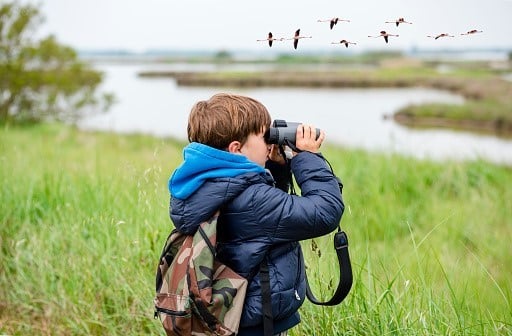Early in the morning during winter, my mom woke me up. “Wake up! There is a leopard in our backyard!” I ran into the backyard, rubbing my eyes, with the excitement of catching a glimpse of it. Amazed to see such a charismatic character, I marvelled at its beauty for a long time.
I was born in a small village in the Dhanusha District, located in the Eastern lowland of Nepal. I grew up in a homestead surrounded by rice, wheat fields, and small patches of forest. I had seen only domesticated animals throughout my childhood, but occasionally, I used to hear from my grandfather that elephants were once common visitors in these rice fields. Unfortunately for me, there wasn’t much chance to observe wildlife and learn about it.
At the age of 3, I traveled to Pokhara. My father worked at the Institute of Forestry there. As we moved closer to Pokhara Valley, I was amazed to see the dense forests and mountains of the Shivalik and Churiya Ranges. Even though having grown up close to nature, this landscape was very different – untamed and free. It helped me in understanding nature and its complexity. Since I had little experience of wildlife in Dhanusha, this exposure to wildlife in Pokhara Valley was the beginning of my exploration of the natural world.
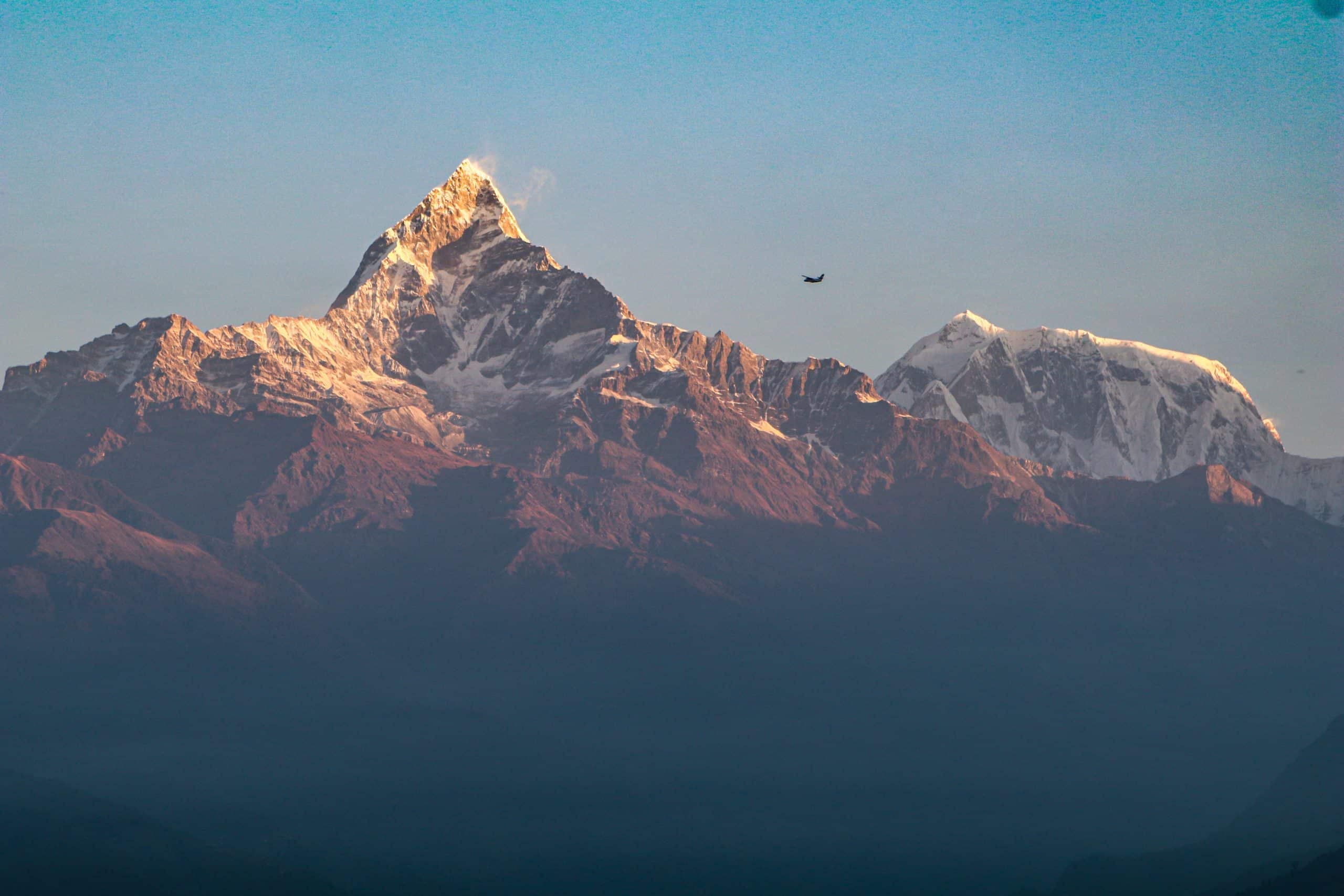
View of Mount Machhapuchhre, Pokhara. Picture credit: Pixabay
The Institute of Forestry is full of natural beauty. It has a small patch of forest where one can find the presence of animals like leopards, the large Indian civet, palm civet, porcupine among a myriad of colorful birds and insects. Being raised at such a diverse campus, I have collected some amazing experiences. Soon, I had gone from little exposure to wildlife to meeting a leopard in my backyard! I had a fantastic opportunity to understand and explore the field of forestry and its relationship with natural creatures. I felt astonished and intrigued while watching woodpeckers spiraling up the trunks in search of insects, vultures, and kites soaring in the sky, different types of snakes disappearing in the bushes. Soon, I became curious to learn more about them.
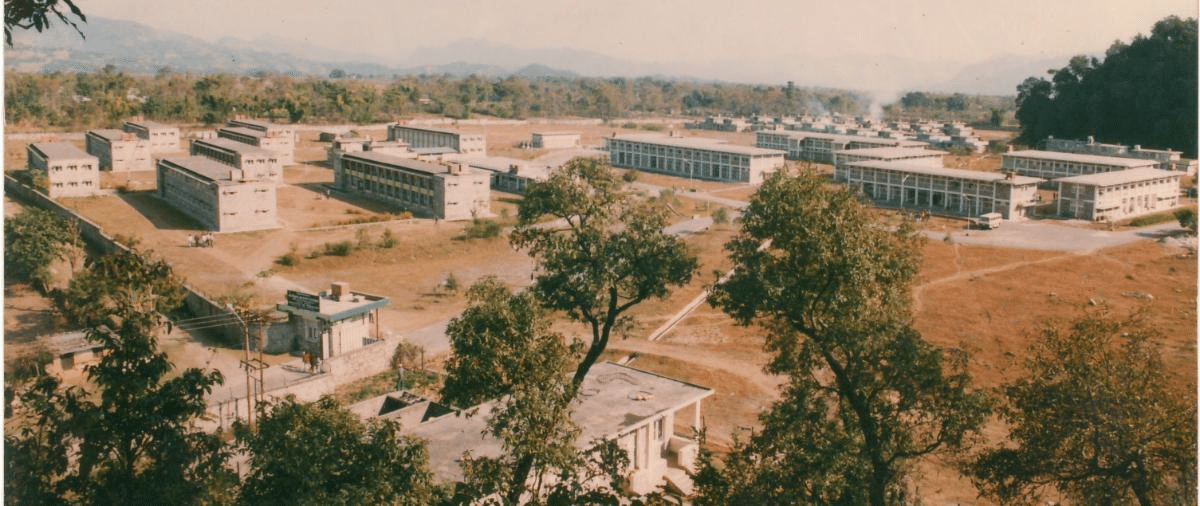
Aerial image of Institute of forestry, Pokhara Campus. Picture credits: IOF Pokhara campus bulletin.
Since childhood, I have seen students at the institute who went birding early in the morning and mist-netting to capture wild birds and bats. I grew up listening to field stories and learning about the conservation efforts of researchers. During school, biology was my favorite subject. Though I had an immense love for nature and its conservation, I hadn’t considered reading biology as my major. Like most other biology students at my college, I wanted to study medicine, but life had different plans for me. I went on to study Forestry in my undergraduate degree at the Institute of forestry, where I was raised!
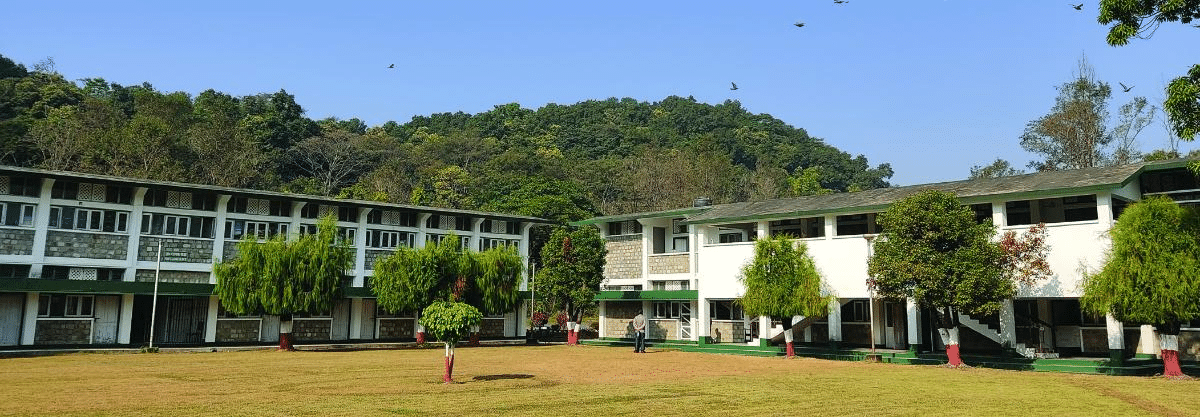
Administration and Faculty building at Institute of Forestry. Picture credit: IOF Pokhara campus bulletin.
Even though I was raised around nature, the incident that consolidated my resolve to enter the field of conservation was a collision with a Blue Bull on my village road. I was riding a bike through the river shore of Kamala, where the construction of the international railway between India and Nepal was underway. I was severely injured during this accident resulting in two and a half months of bed rest. Luckily, according to the bystanders, the Blue Bull did not have any injuries. This incident and the long bed rest made me ponder about many things. Two major questions that stuck around were, ‘Are we encroaching the habitats of wild creatures?’ and ‘How does wildlife move through these modified landscapes?’
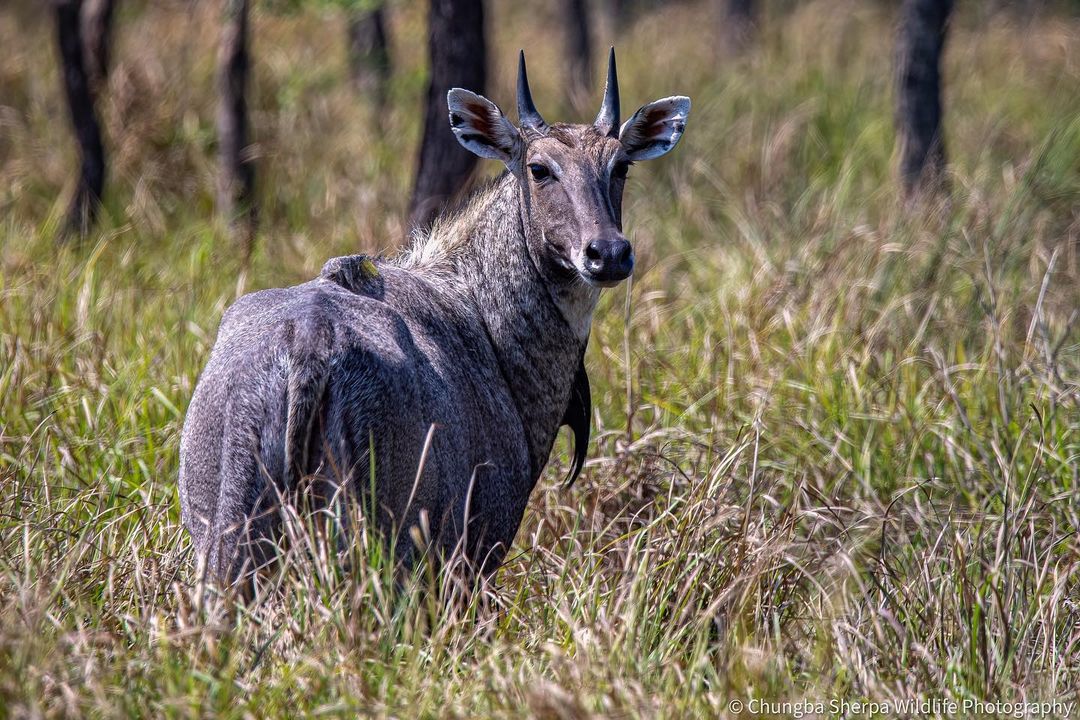
Female Blue Bull. Picture credit: Chungba sherpa.
On further exploration, I realized this incident was one of the many human-wildlife conflict cases witnessed around that area, and this wasn’t the first one involving a blue bull. Blue Bulls have attacked rice fields, damaged crops, and have also been involved in accidents with humans. And my village isn’t the only place. This is a global problem that requires solutions at a local level. We have been encroaching on the natural habitats around the world in the name of agricultural expansion, settlement, and development.
This accident became a turning point in my career as a conservation enthusiast. Though I already had a deep interest in conservation, this accident brought me closer to the prevailing issue of human-wildlife conflict. Since then, I have been actively engaged in various conservation activities, awareness campaigns, volunteering roles, research projects, and fieldwork. I aspire to work towards conflict mitigation and human-wildlife coexistence strategies.
Pursuing my major in Forestry, I aim to become a wildlife conservationist one day. Currently, I am engaged in a study understanding the ecology of hog deer and Indian Bison. My degree might be my first formal step towards conservation but my journey in this field had started long back. I am enthralled to be able to pursue my childhood interest as my profession while working towards the protection of nature and its denizens.

